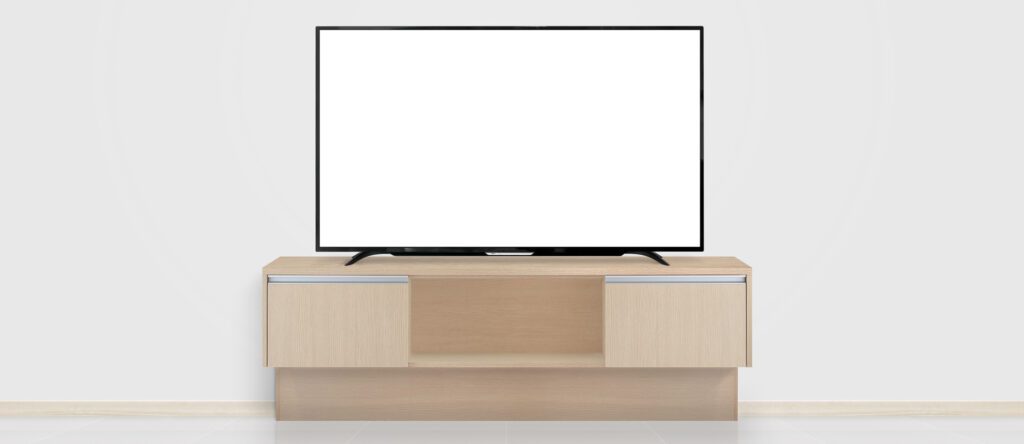Can you make a sale off an ad that no one’s seeing? Not without a side of telepathy.
According to a paper published in the academic journal Marketing Science last week, 30% of TV ads play to empty rooms.
While the TV industry’s trust in Nielsen as a measurement system is at a low right now, setting the stage for alternate measurement solutions, TV suffers from a viewability problem, according to this research on attention in TV.
“We don’t have the data to measure companies’ ROIs – but we can start with the lowest hanging fruit of approximating [how] ad effectiveness [should be measured],” said one of the paper’s authors, Jura Liaukonyte, an associate professor at Cornell University’s SC Johnson College of Business. University of Delaware’s Matthew McGranaghan and Kenneth Wilbur of the University of California San Diego co-authored the paper.
The study followed 1,155 households that consented to passive motion detectors and cameras, and tracked their exposures of 6,650 unique ad creatives over the course of a year (2016-2017). The data was obtained through an academic partnership with measurement provider TVision and was limited to broadcast TV exposures because of the randomization of ad placement.
There are two critical predictors of ad success. First, whether a viewer is present and, second, whether the tech picked up their attention by having eyes on-screen.
Tuning data alone (aka what Nielsen and alternate measurement providers focus on) doesn’t predict search engagement after seeing an ad – “but presence and attention metrics do,” Liaukonyte added.
Is anyone even listening?
In order to measure ad effectiveness, you first have to know how marketers are measuring success.
The sales generated by a TV ad are “much lower than expected” right now, Liaukonyte said, making it a point of discussion in the marketing community.
Sales are one thing, but advertisers also care about long-term brand awareness and loyalty, she added. Those metrics are a lot harder to measure. They’re less tangible, and it depends on whether or not the audience is paying attention.
Often, advertisers’ budgets already factor in a fixed estimate for absentee audiences, Liaukonyte said. It’s treated like an inevitability – but it’s more like a self-fulfilled prophecy.
“It [creates] possibility for an arbitrage,” Liaukonyte said. “You can’t [actually] predict attention based on price.”
Attention matters
The fluctuating value exchange between content providers and consumers is based on a currency that was dominated by Nielsen until recently.
“Implicitly, the currency is attention – but what’s being priced is something else,” Liaukonyte said. “In quantitative terms, there’s no good proxy for what [TV ad buyers] are paying for.”
If advertisers cared more about capturing attention (as opposed to sales), they would get more engagement, Liaukonyte added.
In the study, it emerged that viewers’ attention varies based on the product being sold.
According to the study, for example, ads for recreational products keep people around while pharma ads (e.g., prescription drugs) are really bad at retaining attention – and poor feedback is a domino effect.
“If a pharma ad comes first or second in an ad break, it affects not only its own performance but that of all the subsequent ads [in the pod],” Liaukonyte said. “It generates a negative externality.”
That’s critical for media buyers because attention always depreciates throughout a commercial break. (The Super Bowl is the only exception to that rule.)
People also vary in how they choose not to pay attention.
People are four times more likely to leave the room than change the channel while an ad runs. Compared to older viewers, younger viewers are more likely to divert their attention during ad breaks, likely with a second screen. (Can’t talk, tweeting.)
If one in three ads play to empty screens, how should marketers take that stat in advisement when they plan their media strategy? The industry should rethink audience measurement to bring it closer to the goals advertisers care about, Liaukonyte said.
In theory, “we’re talking about something [more] like a CPA,” Liaukonyte added, or a CPM equivalent for attention.
Ads versus academia
Speaking of the industry’s shortcomings, measuring ad effectiveness “opens up another Pandora’s Box,” Liaukonyte said.
The entire industry is built on brands believing that whatever they’re doing is effective – which creates an incentive to exaggerate that effectiveness, Liaukonyte said. “We’re [only] looking for the truth. And that’s where academia and the industry butt heads.”
Other academics have observed a similar lack of attention: A colleague once received pushback on a study that claimed 288 brands advertising on TV saw no increase in sales, she said.
“The authors of that study really liked ours,” Liaukonyte added, since it gave them the “aha!” reason behind the marketers’ lackluster ROI, and added further fuel to the idea that TV measurement is imperfect as it currently stands.














